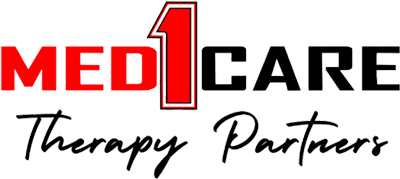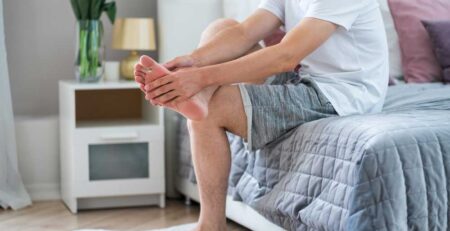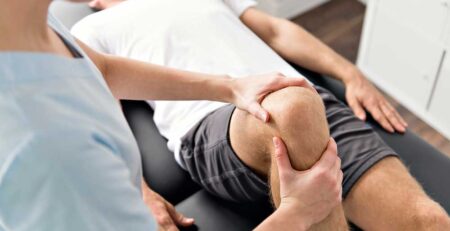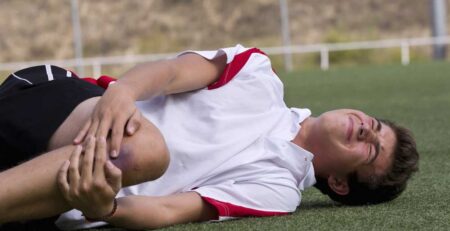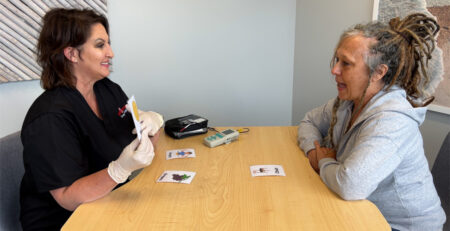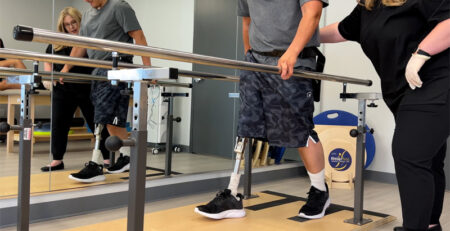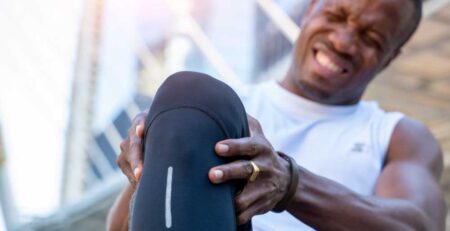Managing Osteoarthritis with Customized Physical Therapy Programs
Do you have pain, stiffness, or swelling, in your joints? Osteoarthritis is a chronic joint condition that can reduce mobility. If you’re experiencing symptoms, it’s important to seek medical attention early.Diagnosis and treatment can help manage the condition and prevent further joint damage.
Our physical therapy plans can help.
Causes of Osteoarthritis:
Osteoarthritis is caused by joint wear and tear that breaks down your cartilage. Cartilage is the cushioning material that covers the ends of your bones at your joints. The risk of developing osteoarthritis increases with age, and factors such as genetics, obesity, joint injury, and overuse.
Certain medical conditions—such as rheumatoid arthritis, gout, and joint dysplasia—can also increase the likelihood of developing osteoarthritis. Managing your risk factors with physical therapy and maintaining a healthy lifestyle can help prevent or delay its onset.
Symptoms of Osteoarthritis: Pain, Stiffness, and Swelling
One of the first symptoms of osteoarthritis is joint pain and stiffness, which can be mild or severe, and often worsens with activity. The pain is typically felt in the affected joint and can be described as a dull ache or a sharp, shooting pain.
People with osteoarthritis may also experience stiffness, particularly in the morning or after prolonged periods of inactivity. The stiffness can make it difficult to move the affected joint and may be reduced with gentle movements and stretches.
Another symptom of osteoarthritis is swelling, which is caused by inflammation in the joint. Swelling can make the joint feel warm to the touch and may cause it to appear red or tender.
In some cases, people with osteoarthritis may also experience a creaking or grinding sensation in the joint, known as crepitus. Over time, osteoarthritis can cause the joint to lose range of motion and become deformed, leading to further pain and disability.
Common Joints Impacted by Osteoarthritis
Osteoarthritis can occur in any joint in the body, but the most commonly affected areas are the weight-bearing joints such as the knees, hips, and spine. This is because these joints undergo repetitive stress and strain from daily activities such as walking, standing, and lifting.
The hands, fingers, and wrists are also commonly affected, particularly in people who perform repetitive manual tasks. In addition to these areas, osteoarthritis can also affect the shoulders, elbows, and ankles.
The severity and progression of osteoarthritis can vary depending on the affected joint, with some joints experiencing more pain and disability than others.
Manual Physical Therapy for Osteoarthritis
Physical therapy is a highly effective treatment approach for osteoarthritis, and there are several techniques Med1Care physical therapists use to help manage the condition. Manual therapy is a common technique that may involve joint mobilization, soft tissue massage, and stretching to help improve your joint function and reduce pain.
Joint mobilization techniques involve gentle manipulation of the affected joint to increase its range of motion, while soft tissue massage helps to reduce muscle tension and improve circulation in the affected area. We may also use modalities such as heat or cold therapy, electrical stimulation, or ultrasound to reduce your pain and inflammation.
Exercise Therapy for Osteoarthritis
One of the most common treatments for osteoarthritis is exercise therapy—which involves targeted exercises to improve joint strength, flexibility, and range of motion. These exercises are designed to increase joint stability and reduce pain by strengthening the muscles around the affected joint. Med1Carephysical therapists may also advise stretches and range-of-motion exercises to improve joint mobility.
Exercise Examples:
Quadriceps strengthening exercises: Quadriceps strengthening exercises can help improve your knee joint stability and reduce pain associated with osteoarthritis. One example of a quadriceps strengthening exercise is the straight leg raise. To perform this exercise, lie on your back with one leg straight and the other bent. Slowly lift the straight leg off the ground, hold for a few seconds, and then lower back down. Repeat for several repetitions, and then switch legs.
Range of motion exercises: Range of motion exercises can help improve your joint mobility and flexibility. One example of a range of motion exercise for the hip joint is the hip flexor stretch. To perform this exercise, stand with one foot in front of the other and bend the front knee. Keeping the back leg straight, lean forward until you feel a stretch in the front of your hip. Hold for several seconds, and then switch legs.
Aerobic exercise: Aerobic exercise can help improve overall health and reduce joint pain associated with osteoarthritis. Low-impact exercises such as walking, swimming, and cycling are recommended for people with osteoarthritis. Walking is a simple and effective aerobic exercise. Start with a short walk and gradually increase the duration and intensity over time.
It’s important to check with your physical therapist or healthcare provider before starting any new exercise program.
Lifestyle Changes for Osteoarthritis
In addition to exercise therapy and manual therapy, Med1Care physical therapists may also provide education and counseling to help you manage your osteoarthritis symptoms and improve your overall health. This may involve advice on lifestyle changes such as weight management and healthy eating, as well as guidance on how to properly manage joint pain and stiffness. By working closely with us, we can help you improve your joint function, reduce your pain and inflammation, and improve your quality of life.
Get Started with Med1Care Physical Therapy
At Med1Care Therapy Partners, we are committed to helping you find relief. We regularly diagnose and treat osteoarthritis using exercises, stretching techniques, manual therapy, and other interventions. With our expertise in physical rehabilitation, combined with an understanding of your unique needs, we can help improve your joint function and reduce your pain and inflammation.
We’ll partner with your physician to help you build a unique treatment plan toimproveyour movement and function with specialized exercises and education on low impact ways to manage daily living, relieve pain, improve mobility, prevent disability, and strengthen themusculaturethat supports your joints.
Call us at 419.866.0555 to schedule a free consultation.
Our specialists will help you chart a course forward.
